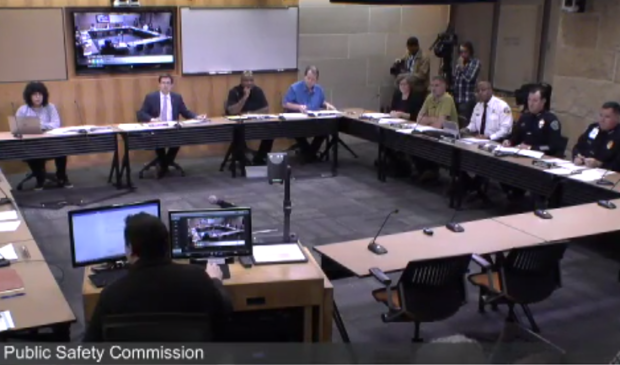Travis County and its growing number of sexual assault response teams
Wednesday, February 6, 2019 by
Jessi Devenyns Sexual assault has become a hot-button topic in Austin over the past several weeks. Of course, this sort of crime is nothing new; sexual violence has been with us for centuries and has always been difficult to deal with.
In an effort to engender ongoing coordination between agencies charged with responding to crimes of sexual violence, the Sexual Assault Response and Resource Team (SARRT) was created in 1992. Then, 15 months ago, District Attorney Margaret Moore helped to establish the Inter-agency Sexual Assault Team (ISAT) as a way for law enforcement officers “to discuss things that cannot be discussed in other meetings.” On top of that, last week County Judge Sarah Eckhardt and former state Sen. Wendy Davis announced they would be creating a community group to advocate for survivors of sexual assault.
With so many different groups working toward the same goal, certain members of the Public Safety Commission, including Rebecca Bernhardt, found themselves wondering if this fragmentation would create a “fissure” within the community. Already the Travis County Sheriff’s Office has indicated that it will move away from SARRT collaborations and instead invest its resources in the ISAT team.
Commissioner Daniela Nuñez similarly expressed her concern and confusion about why ISAT was formed when SARRT has a long history.
Moore explained that “the collaboration at the SARRT crumbled … it was a hostile environment and my people came back saying they didn’t feel safe there.” She referenced the frequency of difficult conversations and conflict between viewpoints.
Neva Fernandez, the advocacy manager of Texas Legal Services Center, explained that “productive dissent” is the way SARRT members tackle contentious issues and find creative solutions to gaps within the community care network for sexual assault victims.
“I think this is super-key,” Nuñez said. “I think being uncomfortable is very important … (to) really get serious about holding people accountable.”
Members of ISAT emphasized that they were not averse to uncomfortable discussions, merely that ISAT was formed to serve a different purpose than SARRT. The ISAT team, according to Moore, is composed of individuals who “are intimately involved in the examinations, investigations, and ultimately the trials” of survivors. As well, the county team, which includes members from communities further afield like Cedar Park, Lakeway and the UT Police Department, is “more in line with the national standards for sexual response teams,” according to Moore.
Commissioner Bernhardt questioned the fact that ISAT meetings are conducted behind closed doors without the attendance of non-law enforcement members of the community. Bernhardt noted, “one thing that concerns me about the ISAT, it seems (to have) a real commitment to the idea that transparency is a bad thing.”
Moore countered that “we can have the confidential conversations that are critical … but we can also be transparent about the results of those.” She noted that the team is publicly reporting the data it finds.
Compounding Bernhardt’s observation was her impression that ISAT’s data reporting in 2017 is subpar to what the Austin Police Department was producing in 2005 when, according to Bernhardt, they were asking more detailed questions about data surrounding sexual assaults. “I’m worried that so far we’re going backward instead of forward on how well we’re understanding this problem,” she said.
For both groups, understanding and prosecuting sexual assault crimes remains a tall order, and both wish to see justice done for the survivors of these crimes. When Commissioner Brian J. Haley asked how SARRT team members would evaluate where Austin was right now in terms of addressing the issue, Elizabeth Donegan, retired APD sergeant and SAART member, responded that while plenty of people are willing to do the work, “I don’t think we are the best that Austin can be.” She concluded, “I think there’s nowhere else to go but up.”
Image courtesy of ATXN.
The Austin Monitor’s work is made possible by donations from the community. Though our reporting covers donors from time to time, we are careful to keep business and editorial efforts separate while maintaining transparency. A complete list of donors is available here, and our code of ethics is explained here.
You're a community leader
And we’re honored you look to us for serious, in-depth news. You know a strong community needs local and dedicated watchdog reporting. We’re here for you and that won’t change. Now will you take the powerful next step and support our nonprofit news organization?




